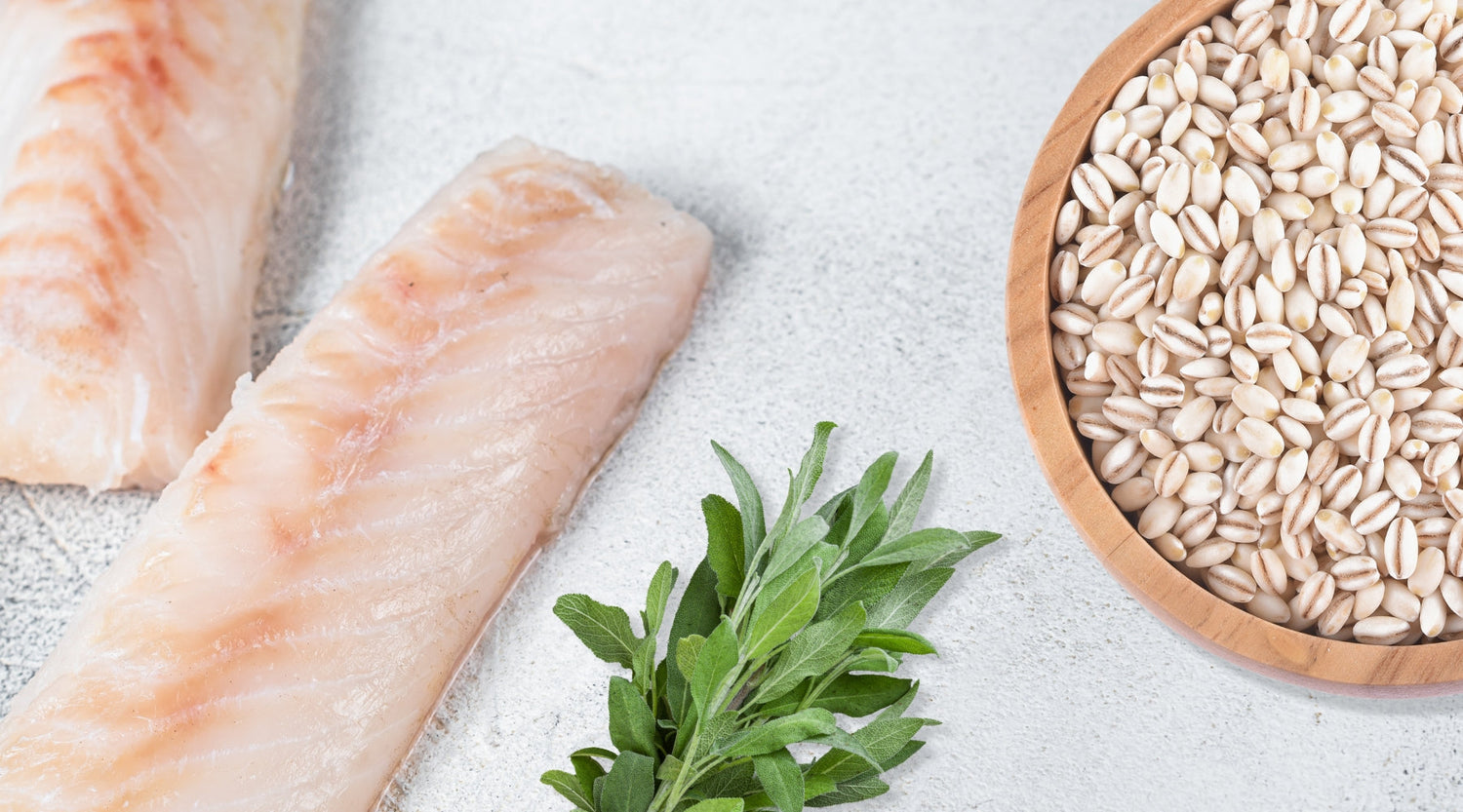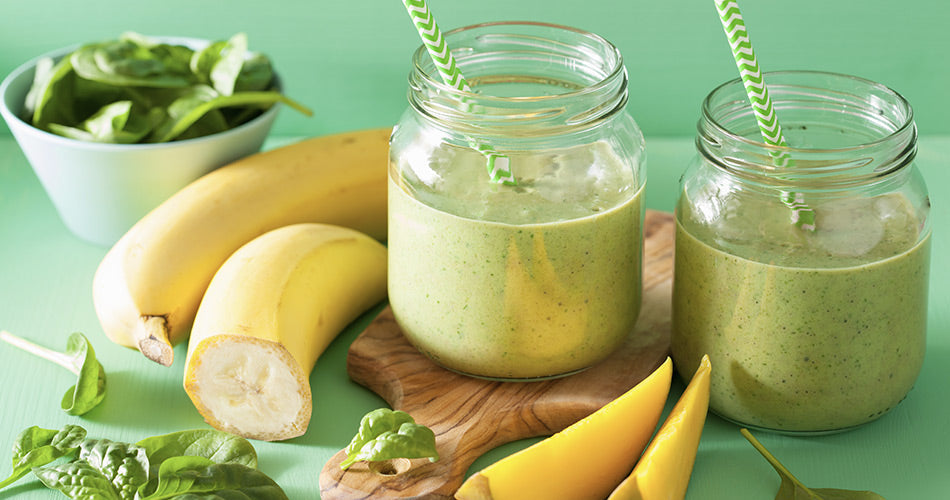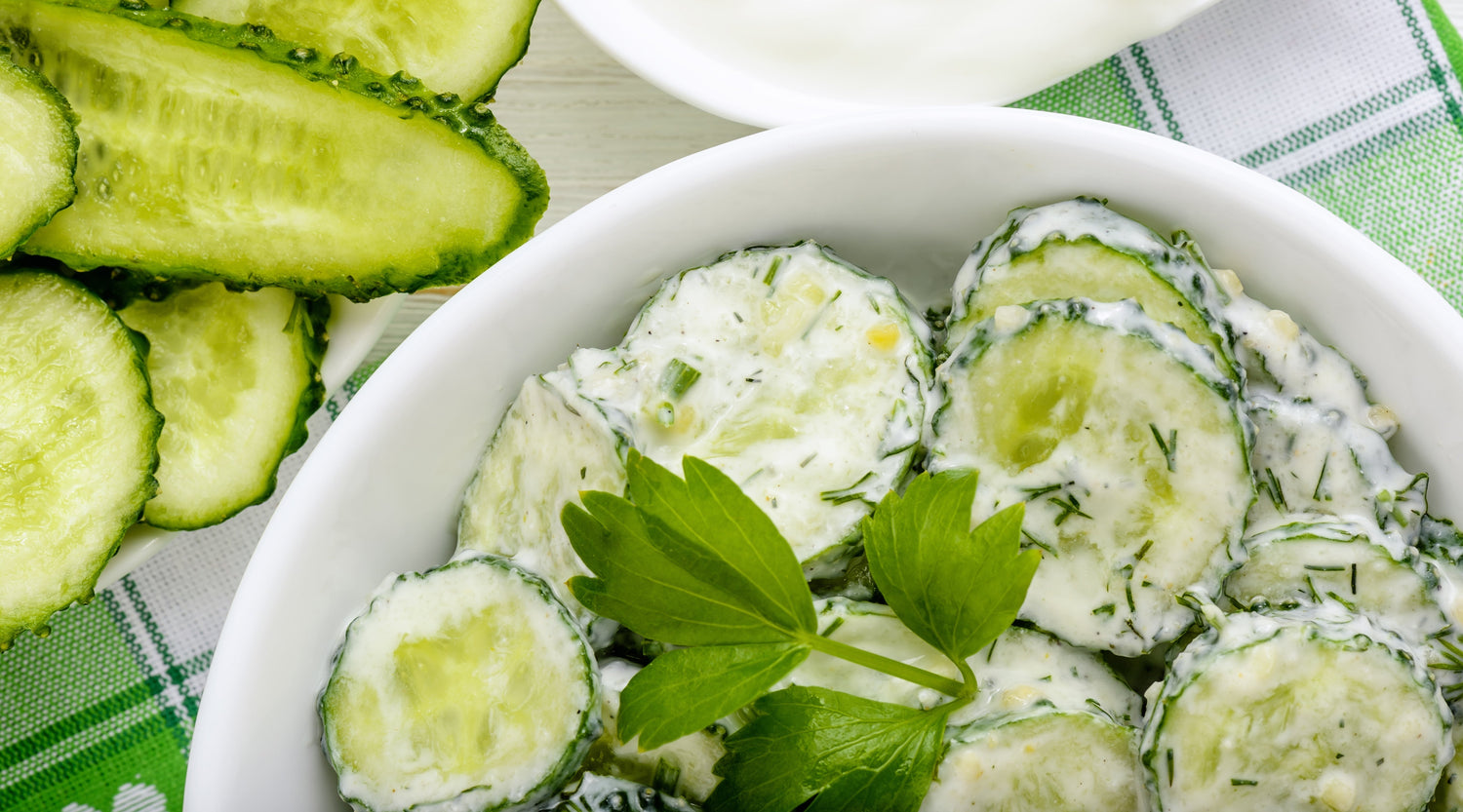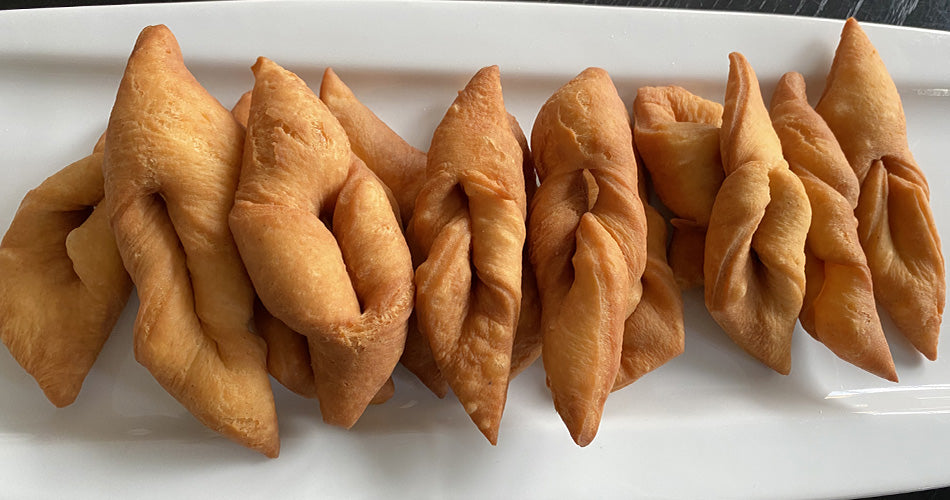Slowing Down to Taste Life
In our fast-paced lives, we often eat on autopilot—while scanning emails, watching screens, or rushing to the next thing. I have lived that life, believe me. When I played soccer, I ate as a necessity, not really enjoying it much. But food is more than fuel, food is connection: to nature, to our bodies, to memory and to joy. Mindful eating invites us to pause, awaken our senses, and rediscover the wonder in each bite.
Mindful eating is the practice of bringing full awareness, mind, body, and senses, to the experience of eating. It’s not a diet or a set of food rules, but a way of deepening the connection to what you eat and how it makes you feel. Instead of eating on autopilot—scrolling, watching, rushing—you become present with your plate. Each bite becomes an opportunity to appreciate nourishment, rather than simply consuming calories.
At its heart, mindful eating means slowing down and noticing:
- The colors, textures, and aromas of food
- The sensations of chewing and swallowing
- The body’s natural signals of hunger and fullness
- The emotions and thoughts that arise while eating
When we slow down:
We taste more. Subtle notes emerge: the mineral brightness of a sea vegetable, the earthiness of mushrooms, the gentle sweetness of roasted root vegetables.
We listen to our bodies. We begin to distinguish between hunger, fullness, and cravings. We eat with intention, not compulsion.
We reduce waste and regret. When we savor, we’re less likely to overeat or toss out good food uneaten.
This isn’t about perfection, it’s about presence. It’s about returning, moment by moment, to the experience of nourishment.
As I mentioned, I ate without thinking when I was playing semi-professional sports. I was eating 5000 calories per day, and I still couldn’t put on weight. Being active by nature, playing a competitive sport and being young with a healthy metabolism kept me lean. But life continues—you stop playing professional sports, you age, and you are not as active anymore. What happens then? Are you aware of what and how much you are eating? Do you now suddenly take time to look, feel, and savor your food, or do you still eat without thinking, multi-tasking with other distractions?
What happens when you practice mindful eating?
1. You naturally eat less—without trying
It is thought that people eat around 15-25% fewer calories when eating mindfully. Why? Because the brain finally has time to catch up with the stomach. When you slow down, chew thoroughly, and notice fullness, you stop when you’re satisfied, not stuffed. For example, if someone normally eats 2,500 kcal per day and reduces intake by 20% through mindful awareness, that’s roughly 500 kcal less per day, equivalent to about 0.5 kg (1 lb) of fat loss per week in theory.
2. Emotional eating decreases
Mindful eaters are more aware of emotional triggers such as stress, boredom, and sadness, and start responding differently. Instead of turning to food for comfort, they pause, breathe, or find non-food related ways to cope. Over time, this can mean fewer binges.
3. Food choices improve naturally
As awareness grows, people tend to enjoy and want lighter, fresher, less processed foods. There’s no external “should”, just a felt preference for nourishment that feels good. Over time, this alone creates caloric balance.
4. Consistency over restriction
Because mindful eating is not about guilt or deprivation, people stick with it long-term. The body gradually finds its natural equilibrium and weight loss happens as a byproduct of harmony, not punishment.
So how can you start your mindful eating journey?
I have put together five simple practices for you to follow so you can start today!!!
Breathe first. Before your first bite, take a deep breath. Let your shoulders soften. Allow a moment of gratitude—for the hands that grew, harvested, and prepared this meal.
Engage your senses. Observe color, aroma, and texture. Touch your food if possible. Smell it. Let your anticipation build.
Chew slowly, fully. I sometimes aim for 20–30 chews per bite (not always realistic, but useful to experiment). Let flavors unfold.
Pause mid-meal. Set your utensil down. Ask, how does this feel in my belly? Am I taking time to enjoy or speeding through?
Reflect at the end. What did you notice? What surprised you? What felt different?
I’ve written a bit about mindful eating in my previous blog about A Special Place of Mindfulness. With practice, this becomes less “extra work” and more a gentle invitation to live more deeply, through each and every meal and experience
I just arrived from Finland where I visited a wonderful restaurant of pure mindful dining bliss called Nolla (which means “zero” in Finnish). Nolla embodies mindful eating not just as a concept, but as ethos.
The moment you step inside, you sense a deliberate intention. The menu is short, seasonal, and rooted in local producers. They combine Southern European techniques and flavors with Finnish ingredients. Every scrap of food is considered and nothing is wasted—from composting to creative reuse, from the employee uniforms (made from recycled materials) to the glassware made from repurposed bottles
I recommend everyone living in or visiting Helsinki, Finland to book a table and experience Nolla. In a world of fast service and overly long menus, Nolla is a breath of clarity—eating as a craft, waste as an enemy, and mindfulness as the secret ingredient. I am sure Luca and Albert Franch will greet you with the same joy and happiness that I experienced.
So, remember, mindful eating doesn’t demand that every meal be perfect. It simply asks: What am I choosing to bring into my body right now, and how do I want to meet it? When you eat this way, every meal becomes a chance to reconnect with yourself, with the earth, and with joy.








